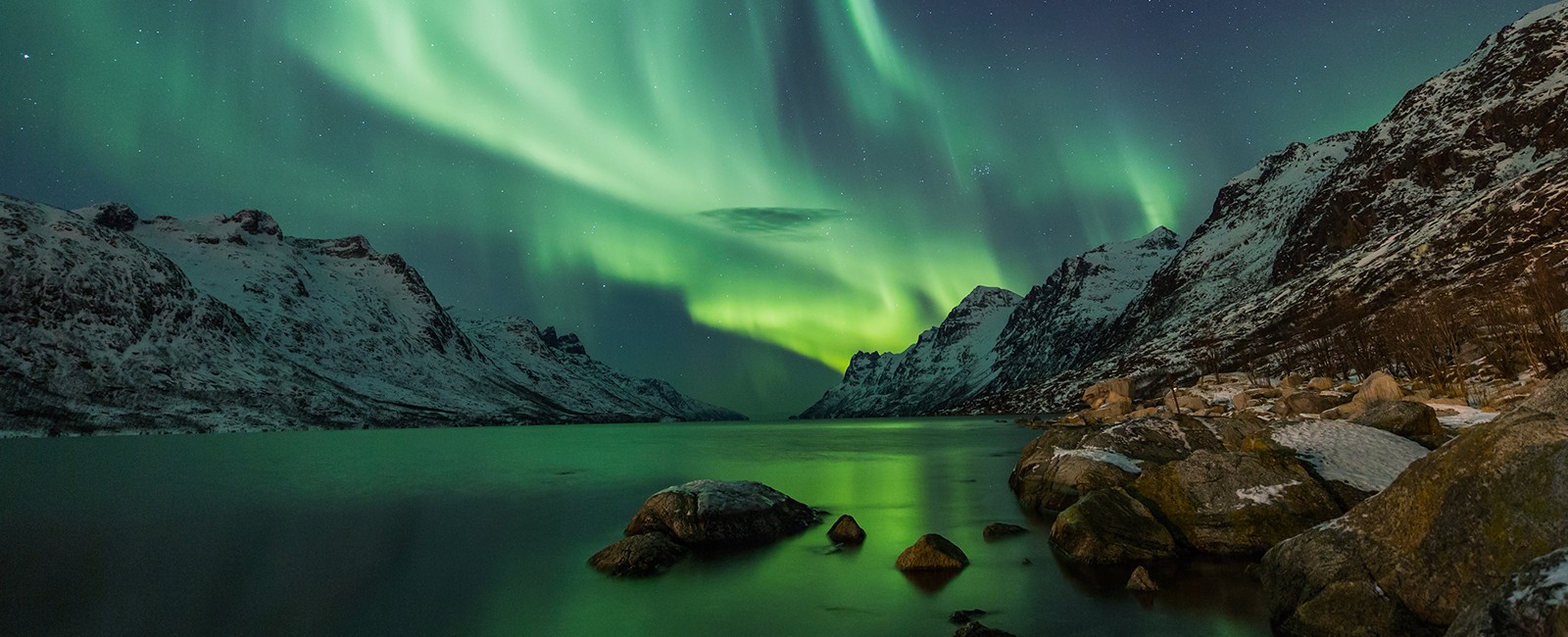
Overview
What is the Northern Lights?
The northern lights or more commonly known as “aurora borealis” in the north, are a collision between electrically charged particles from the sun that enter the earth’s atmosphere. Auroral displays appear in many colours although pink and pale green are most common and easily recognised. Shades of yellow, red, green, blue and violet have also been spotted. The lights appear in different forms from patches to shooting rays that light up the sky with an unforgettable glow.
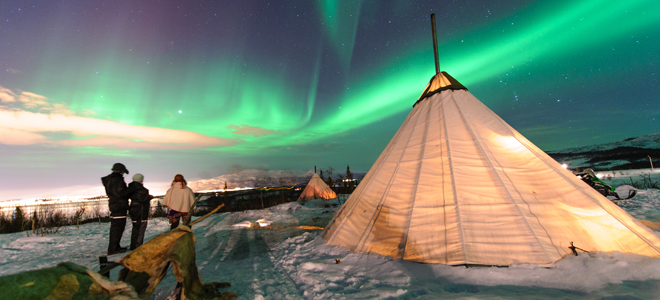
When is the best time to see the northern lights?
The northern lights are visible under dark skies typically between the months of September to April, usually seen between 5pm and 2am. Although you can’t guarantee a month where sightings will be better then the other but February and December offer the longest hours of darkness so this will help massively. Researchers have also discovered that auroral activity is cyclic, peaking roughly every 11 years.
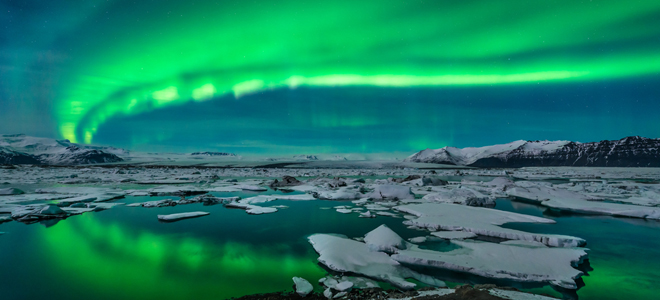
Where can I see the northern lights?
The most common places to see the northern lights are most definitely Iceland, Sweden, Finland and Norway, or if you are feeling a bit more adventurous (and tend to have a tad more cash to spend) then how about travelling further to the snowy wilds of Canada and Alaska. Check out some popular places below!
Finland
Finland is a Northern European nation bordering Sweden and Russia. The Northern Lights can be seen from its Arctic Lapland province, also home to the country’s main ski resorts.
At the Kakslauttanen Arctic Resort in Finnish Lapland, you can Aurora gaze from the comfort of your own glass igloo, and stay in a traditional log cabin complete with sauna and open fire. If the Lights don’t play ball, try snowy activities such as a reindeer safari or rent some walking skis to explore the nearby Urho National Park.
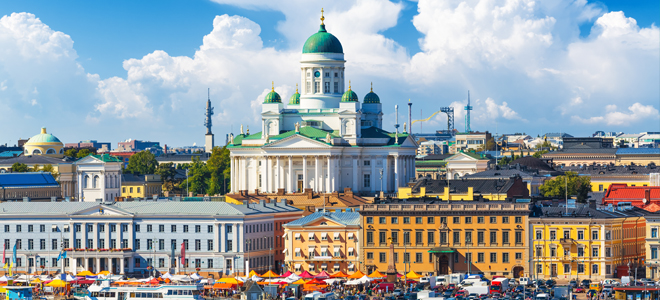
Iceland
Iceland is a country of sharp contrasts. A place where fire and ice co-exist. Where dark winters are offset by the summer’s midnight sun. A country where insular existence has spurred a rich and vibrant culture. The official language of Iceland is Icelandic, a North Germanic language derived from Old Norse. It has changed relatively little throughout the centuries but English is widely spoken and understood. With a population of 329,100 (Jan 2015) its bigger then Hungary and Portugal and a fair bit smaller then Cuba.
Reykjavik is still the most affordable and accessible place to see the Northern Lights, but it’s getting more popular. In January 2015, 9,003 Britons visited Iceland, probably because, Lights aside, there’s plenty to fascinate about this land of geysers, volcanoes and blue ice.
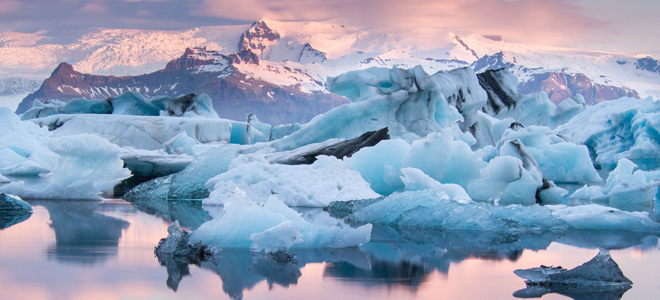
Northern Canada
With the cost of a long-haul flight to factor in, Canada is more expensive compared to the other destinations on this list. However, the ‘Aurora Oval’ covers the majority of the country, including the provinces of Yukon, Northern Saskatchewan, Northwest Territories, Newfoundland, Nova Scotia and British Columbia.
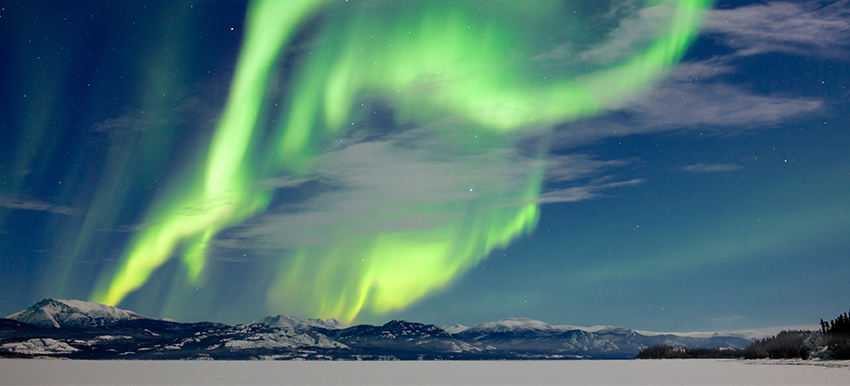

Get in Touch
Experience the once-in-a-lifetime wonder and book your Northern lights holiday with one of our personal travel experts.
Call 0121 446 4932 to speak to our Northern Lights travel experts today.
